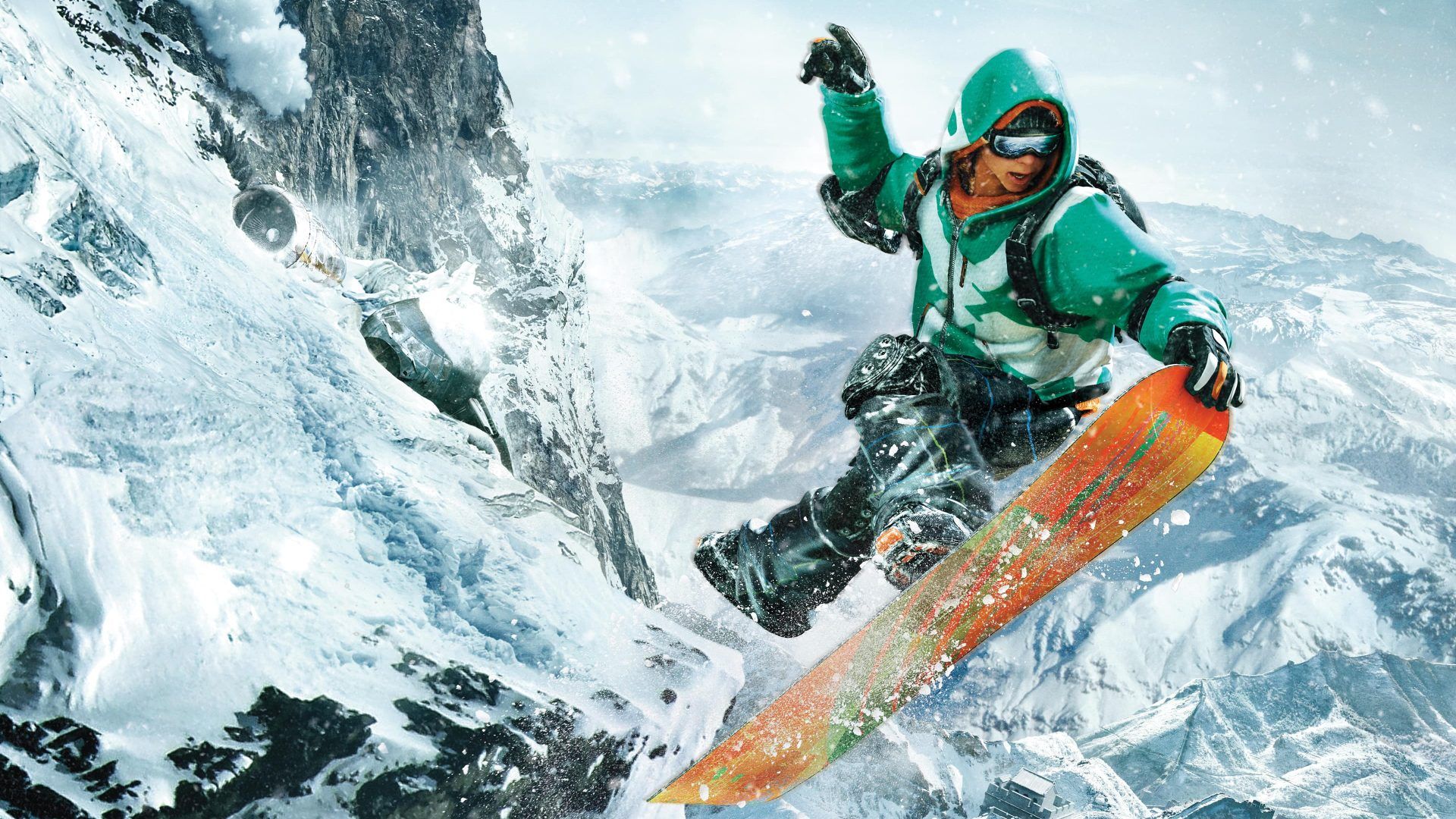The Need for Speed team helped turn SSX into a high-speed downhill racer
EA's racer, a 1996 arcade game, and one rogue artist helped turn SSX into an extreme sports classic

Need for Speed and arcade game San Francisco Rush: Extreme Racing were some of the main influences behind the SSX series' extreme snowboarding thrills.
Speaking to Retro Gamer magazine, developer director Scott Henshaw explained that developer EA Vancouver was a new office, tasked with creating SSX, but with no reference they were stumped for ideas. Their first hurdle was to identify if the game was going to be a racing game or a trick game: “We had a couple of influences that we were playing from, you know you do your research so you go and find as many things that are close or similar. We went and grabbed 1080 Snowboarding, we were looking at anything at all that's similar and trying to identify the thing that was going to make us feel a little bit unique.”
In the end, it was a racing game, not a winter sports game, that provided that spark. Henshaw explains how he, along with producer Larry LaPierre and executive producer Steve Rechtschtaffer, got their hands on some arcade cabinets, including one for San Francisco Rush: Extreme racing, which made its way to N64 and PlayStation in 1997 and 1998 respectively; "Larry and I spent a significant amount of time just playing, dissecting and going through SF: Rush in every aspect."
Be the first to get articles on the best retro delights by subscribing to Retro Gamer today.
When it came to Need For Speed, the racing classic helped the SSX team fine-tune the game's experience: "they showed us myriad camera tricks to play. Things like when you accelerate, the camera gets closer to the player and falls behind.". However, the team for SSX still weren’t entirely happy: "Despite being on a new generation of hardware, there were still restrictions that were in place if SSX was going to truly sell its fast paced, extreme winter sports experience."
The main problem was the game didn’t feel fast enough, and the solution presented to be easier than was anticipated. One night, an artist simply “took the world and tipped it up at 70 degrees and tipped the trees out so it only looks like 45 degrees.” This simple rule of perspective gave the illusion that the slopes were higher than they really were designed.
This perspective trick paid off, paving the way for an impressive reception for SSX, as well as a sequel, SSX Tricky, which refined the systems even further and established the series' reputation.
Weekly digests, tales from the communities you love, and more
Need a more modern fix? Here's our list of the best sports games.

I have some experience writing for local magazines regarding food reviews and art, as well as currently I am writing a novel. I have a BA in History of Art and Design and publishing, and a keen interest to know more and develop my skills. I am an avid player of PS4. I play games that vary across the genres and styles, mostly preferring the RPG games, rich in lore, mystery and fighting.


